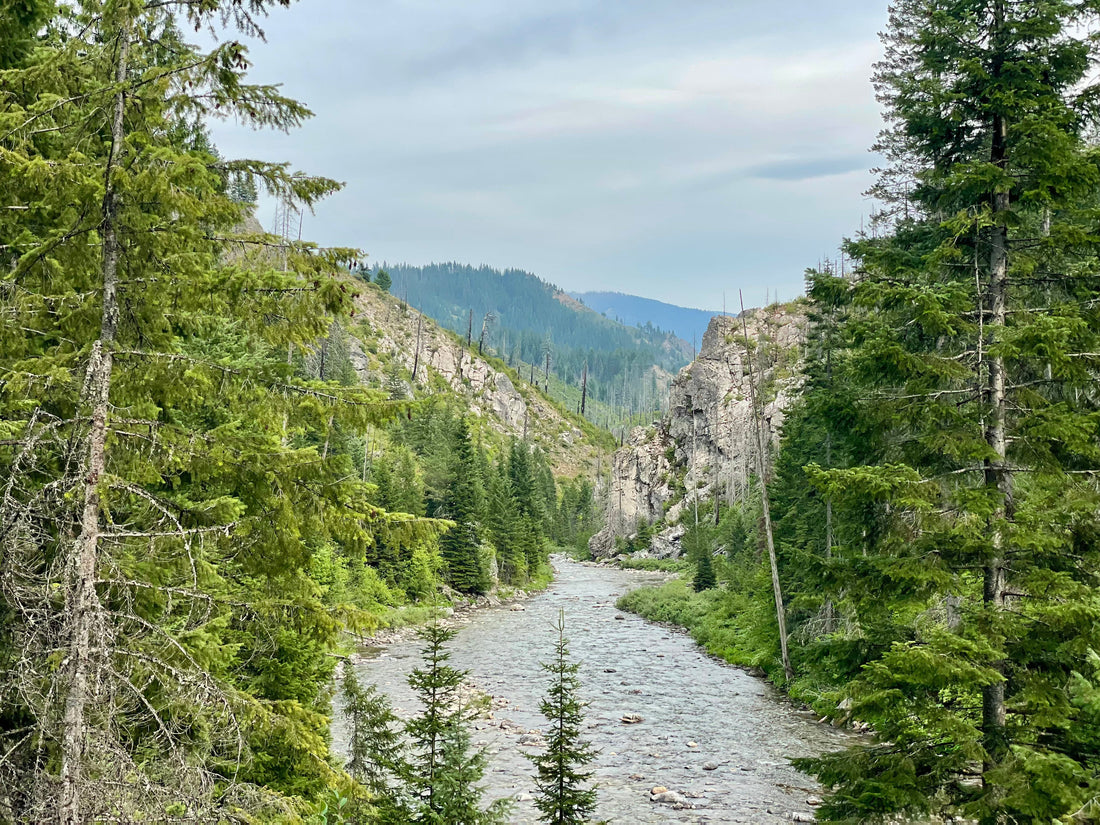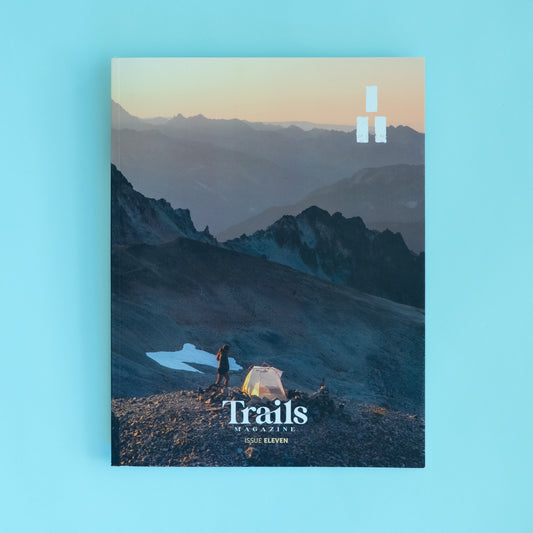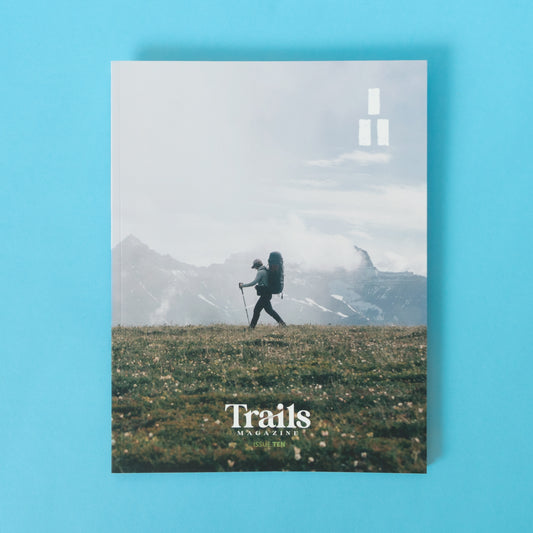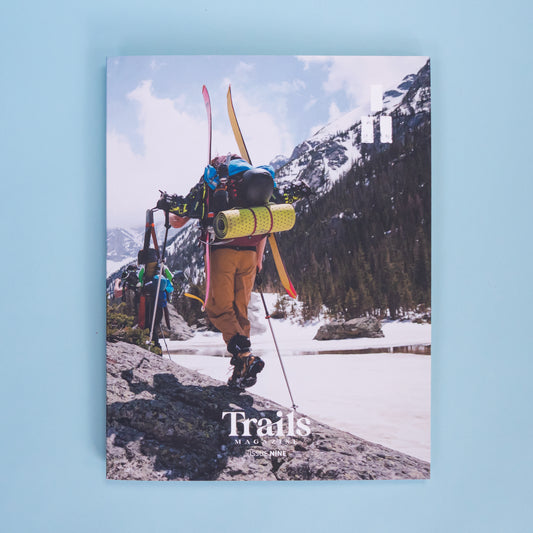
Wilderness Catalog: The Selway-Bitterroot Wilderness
BY BAILEY BREMNER
We set off from the Wilderness Gateway Trailhead with a mix of excitement and unease. The Selway-Bitterroot Wilderness—more than 1.3 million acres on the Idaho-Montana border—is vast and remote, with trails that often fade into forest and time. The Lochsa Peak Trail began clearly enough, but before long, blowdown slowed our pace and raised our concern. Fallen trees—sometimes scattered, sometimes tangled—turned the path into a puzzle. Still, alpine lakes shimmered between the ridgelines, offering moments of calm against the backdrop of jagged peaks to the south.
Day two brought the most difficult stretch of our trip. A faint stretch of trail along Rhoda Ridge disappeared into a maze of toppled trunks. Hiking felt like crawling through an oversized game of pick-up-sticks. Descending into the valley, fireweed towered over us, obscuring the uneven ground. Occasionally, the trail reappeared only to vanish again into the underbrush. But as Rhoda Creek joined Moose Creek, the forest changed. Massive trunks—wider than I am tall—rose around us, and the trail began to clear. Meadows opened, and groves of stately ponderosa pine ushered us into a more forgiving landscape.
Following the Selway River, the terrain dried out. The lush vegetation gave way to arid hillsides and sunbleached grasses. Rattlesnakes slid away at our approach. Overhead, small planes traced the contours of the canyon. Broad wooden bridges crossed the Selway, and now and then a raft floated silently downstream toward the Lochsa confluence.
Approaching the Paradise Trailhead, the solitude lifted: more footprints, more voices. We finished the journey dusty, tired, and changed. In this wilderness shaped by fire, flood, and time, challenge becomes part of the reward, and discomfort often yields to awe.







